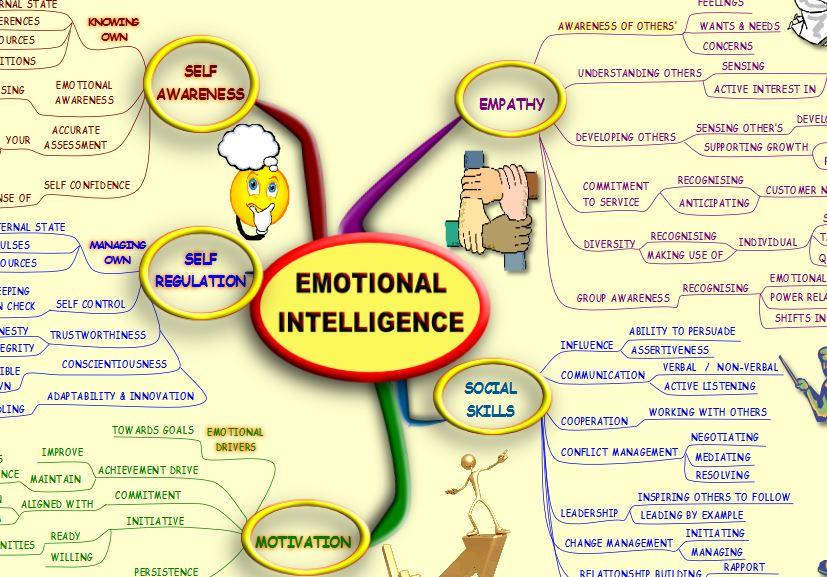


“emotion is defined as an episode of interrelated, synchronized changes in the state of all or most of the five organismic subsystems in response to the evaluation of an external or internal stimulus event as relevant to major concerns of the organism” (Emotion Researcher, 2015).īelow is a table from the International Handbook of Emotions in Education. In previous studies, researchers of emotions saw them as episodes influenced by stimuli. But first, how about a clear idea of what we mean when we use the term “emotion.” Let’s take a look at each of these emotions. A Fun Test Using Plutchik’s Wheel of Emotions: Who Are You Really According to the Emotion Wheel?.


It’s especially useful for moments of intense feeling and when the mind cannot remain objective as it operates from an impulsive “fight or flight” response. So while it’s hard to understand all 34,000 distinct emotions, we can learn how to identify the primary emotions and act accordingly. Robert Plutchik proposed that there are eight primary emotions that serve as the foundation for all others: joy, sadness, acceptance, disgust, fear, anger, surprise, and anticipation. Through years of studying emotions, American psychologist Dr. With so many emotions, how can one navigate the turbulent waters of feelings, without getting lost? And that does not even include combinations of emotions. Can you guess how many emotions a human can experience?Ī study by The Greater Good Science Center suggests there are 27 distinct emotions – at least (Cowen & Keltner, 2017).


 0 kommentar(er)
0 kommentar(er)
